Demon Slayer: Infinity Castle Cuts a Careful Line Between Evil and Redemption
Last month, one of the biggest franchises in anime history slashed its way into American cinema in its sophomore theatrical release. Demon Slayer: Kimetsu No Yaiba (in English, Demon Slayer: Infinity Castle) is the latest chapter in the Demon Slayer saga, a continuation of the weekly anime series that broke box office records with its first film, Mugen Train, in 2021. Now, Infinity Castle has surpassed $640 million, more than Fantastic Four: First Steps and James Gunn’s Superman. In fact, it’s the highest-grossing foreign film in U.S. history.
On the surface, it’s a simple battle between good and evil, humans and demons, swords and teeth. But more simmers underneath the surface.
From the first episode, Demon Slayer has offered up a smooth blend of traditional and computer animation with stunning results. Gone are the low frame rates that have plagued American animation since the end of Disney’s traditional efforts. The show is a visual feast, with a unique style that nods to traditional Japanese art.
Infinity Castle sends the production quality through the roof with designs so complex, they’re almost exhausting to process. The titular setting finds our heroes, the Demon Slayer Corps, in a demon-constructed trap, a never-ending maze of classical Japanese architecture. As our chief protagonist, Tanjiro, rushes down interminable corridors to fight demons in countless rooms, the viewer’s brain simply stops attempting to map things out.
This, of course, is the fun of Demon Slayer. It’s a roller coaster. The frenetic action and chaos forces you to let go and enjoy the ride. At times, it’s simply too much. Clocking in at 155 minutes, it likely wasn’t written as a movie, and instead seems to be an entire season of the series smashed into a single theater slot. One can’t blame producers for using this technique to print money, but it might leave audiences checking their watches, wondering if the roller coaster will ever end.
But there’s more to, Infinity Castle than the action as it dives into themes of morality and consequence. When the battles pause, we’re treated to deep currents of character development.
A “demon” in this world is not to be understood as a fallen angel of the Bible. More akin to vampires, these former humans have been twisted into monsters by the story’s chief villain, Muzan Kibuzuji. Most demons have made deals with Muzan, gaining immortality and superhuman strength in exchange for servitude and an unquenchable thirst for human blood. Some demons, however, are simply victims of demonic attack, such as Nezuko, who motivates her older brother Tanjiro to hunt down Muzan and free her from the infection.
Throughout the series, Demon Slayer offers a complex view of grace and redemption. It does not condemn Nezuko for her curse, and indeed she is often the emotional heart of the story, resisting her demonic appetite for blood and heroically fighting demons alongside her brother. Despite once having served Muzan, Lady Tamayo and her assistant Yushiro are both demons now working as doctors to assist the Demon Slayer Corps. These “good demons” almost present a picture of common grace and the opportunity we all have to repent, reject the enemy’s hold, and pursue the life God has for us.
They’re not the only demons with stories, however. Akaza, chief antagonist of Infinity Castle’s third act, is revealed to have undergone deep trauma before entering Muzan’s service. Muzan found Akaza at his lowest point, promising him the dark power needed to avenge himself in exchange for an eternity of service.
This late-stage backstory revelation is a pattern for the antagonists in Demon Slayer. But it doesn’t always result in redemption. Backstories are only shown in their final moments, during which the Christian cannot help but contemplate the mechanics of God’s grace and salvation, of the two opposite thieves on the crosses flanking Jesus, even of C. S. Lewis’s The Great Divorce. If we allow sin to take root, will we even want Christ in the end?
Demon Slayer’s hard line on limited redemption is refreshing in the postmodern era. It boldly presents all characters with both flaws and virtues, be they noble demon slayers or vile demon lords, putting everyone on an equal footing while acknowledging the products of a carnal life.
Refusing to make excuses for evil while still celebrating redemptive themes, Demon Slayer: Infinity Castle doesn’t shy away from the finality of the grave or the dire consequences of lives vectoring toward wickedness. Yet penitent and humble characters still have hope for light, community, and healing.
Discern: Demon Slayer features intense, bloody violence, terrifying character design, and a handful of revealing costumes.

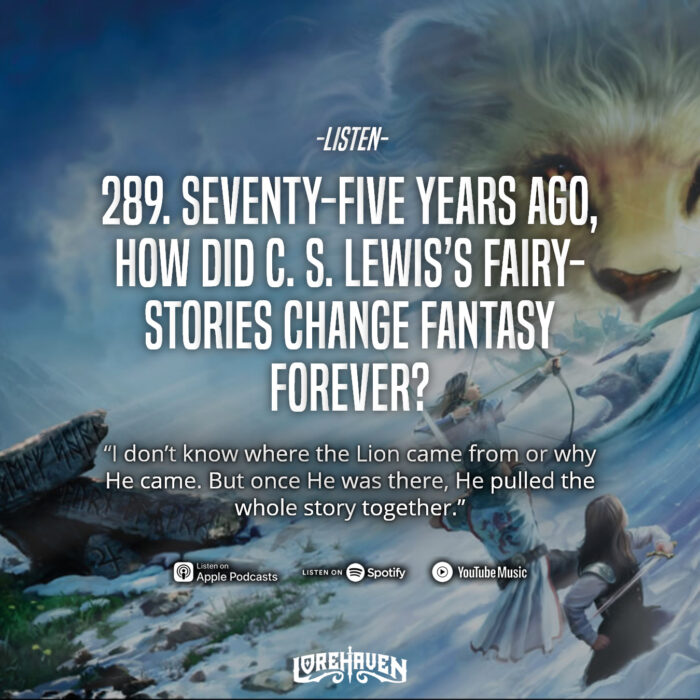
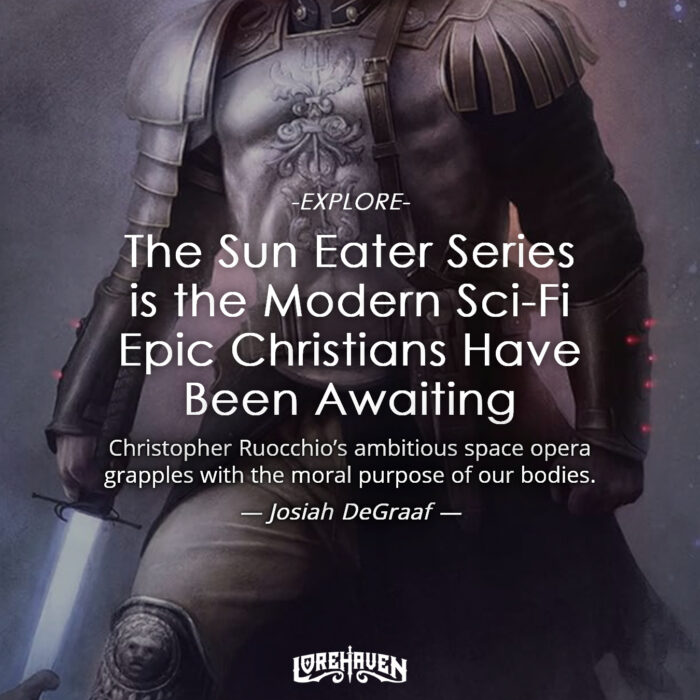
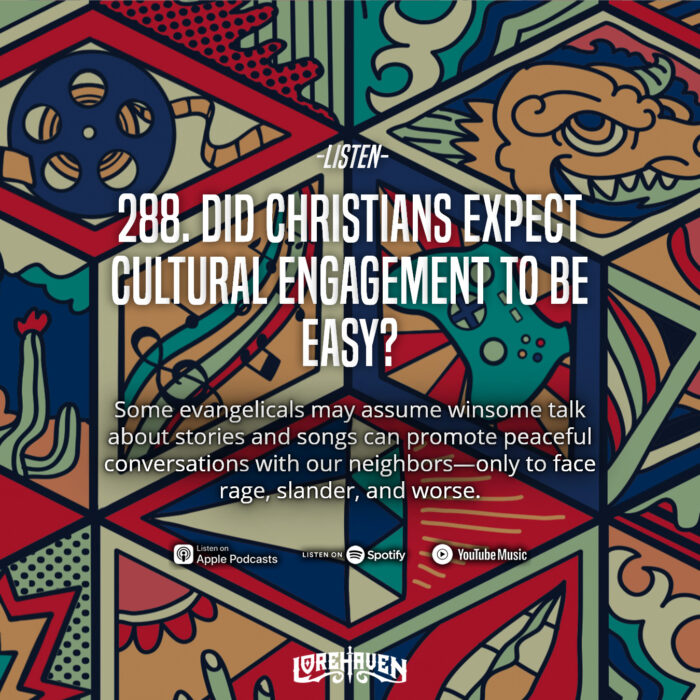
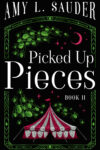
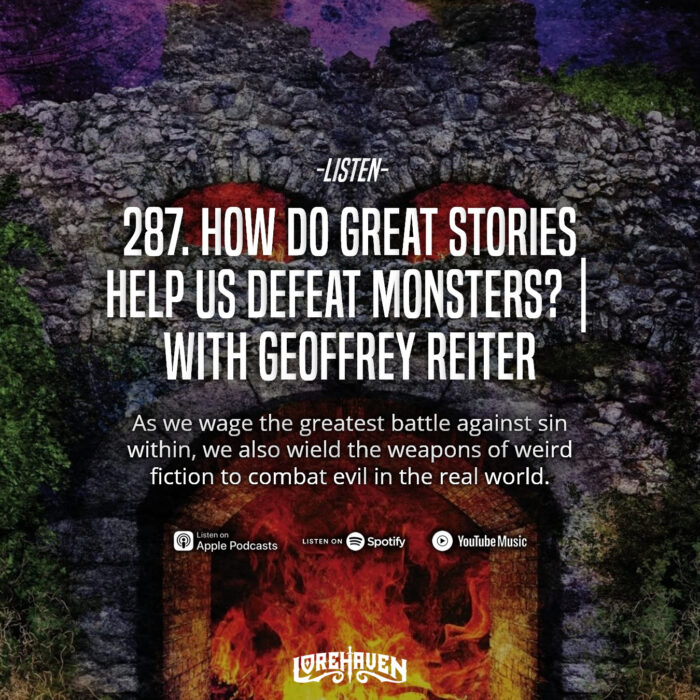

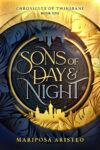



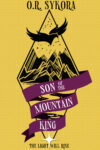
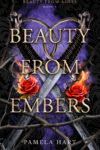
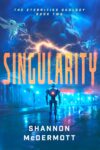
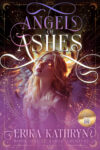




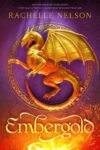

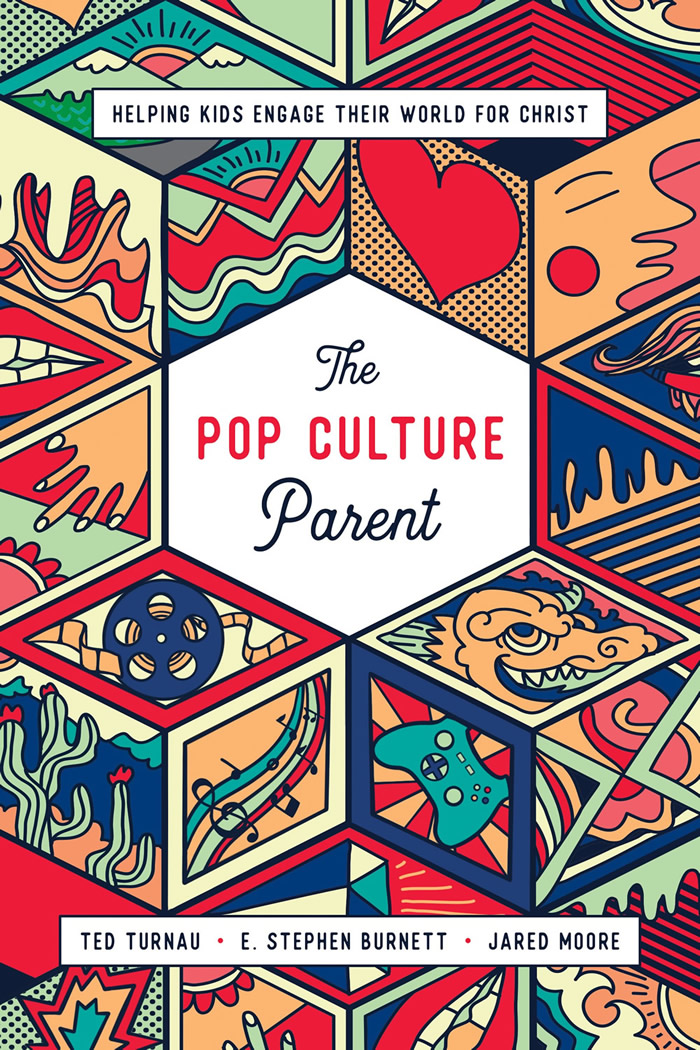
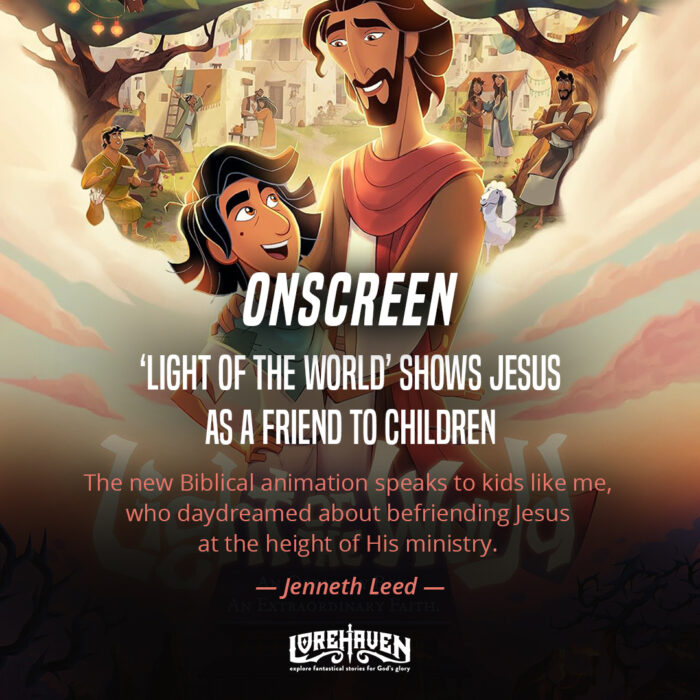
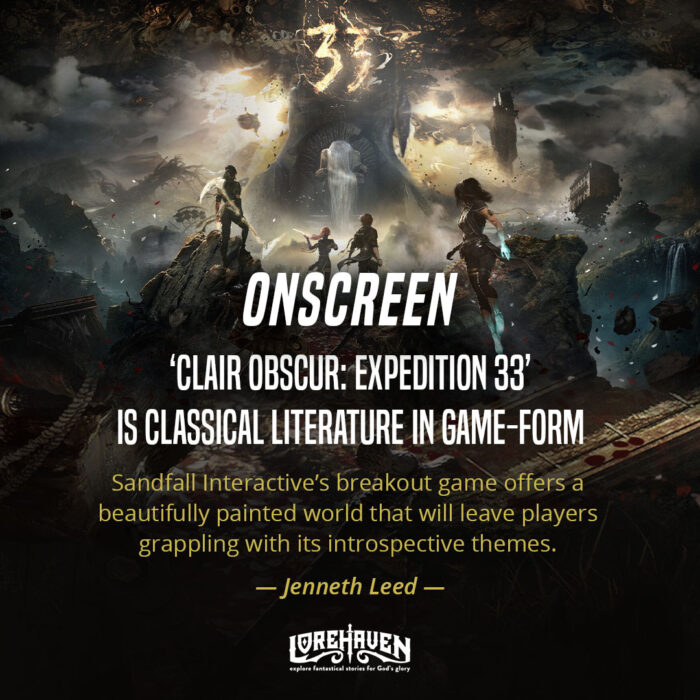
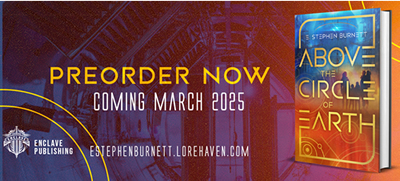
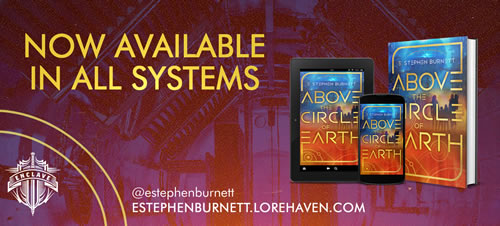
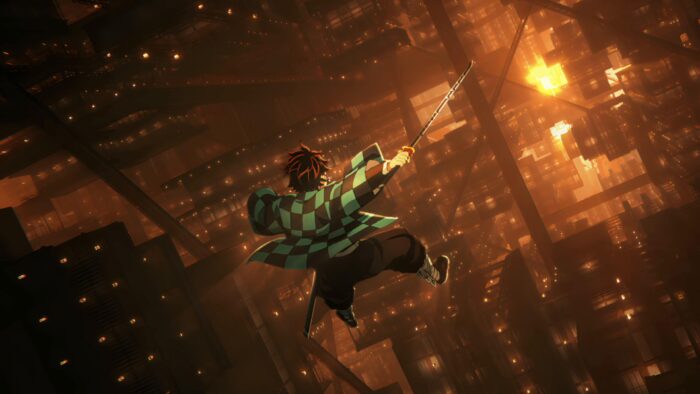



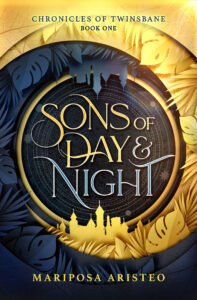
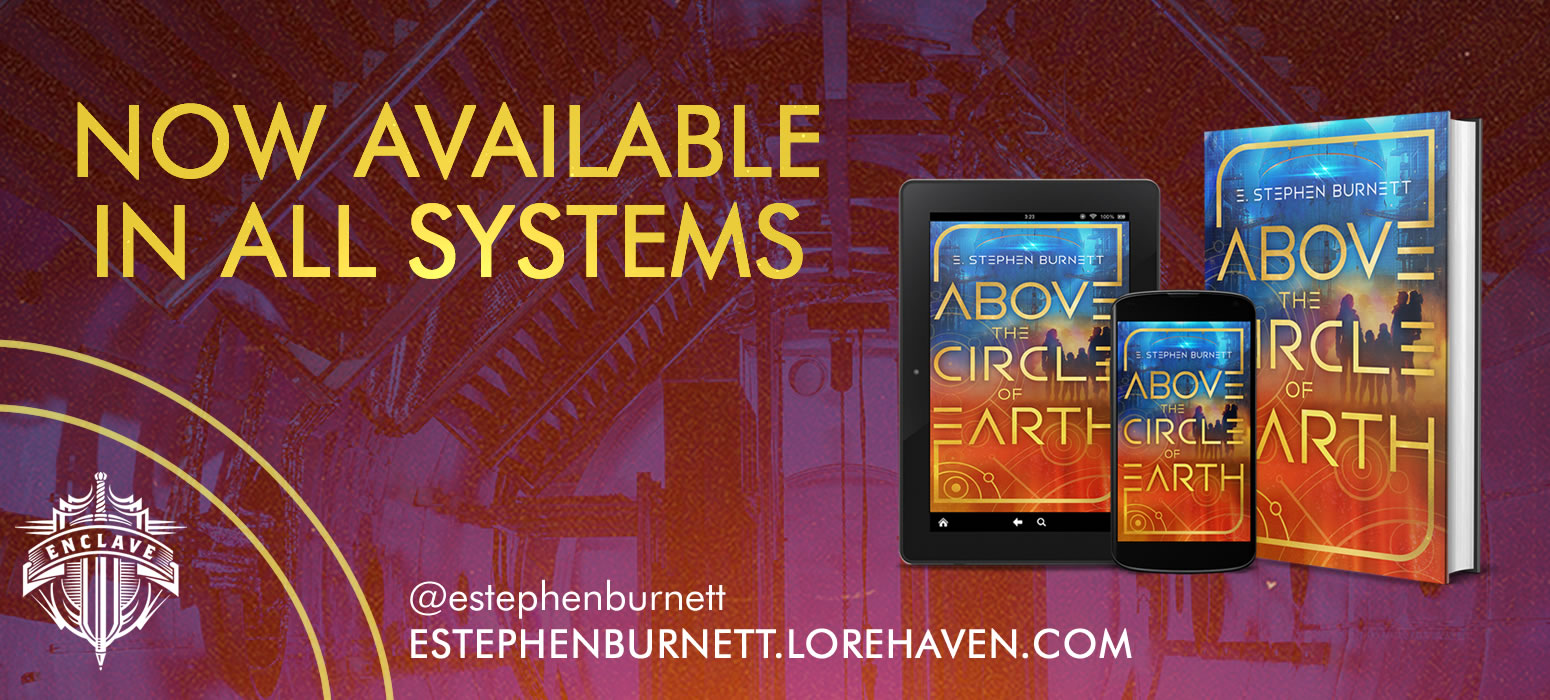
Share your fantastical thoughts.